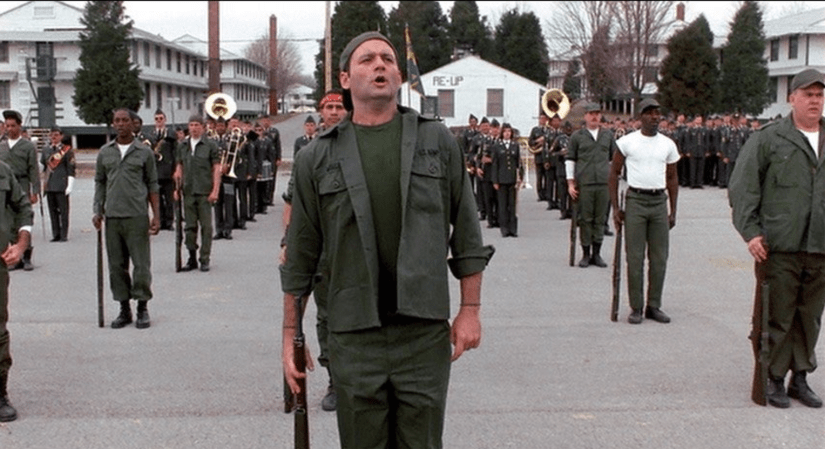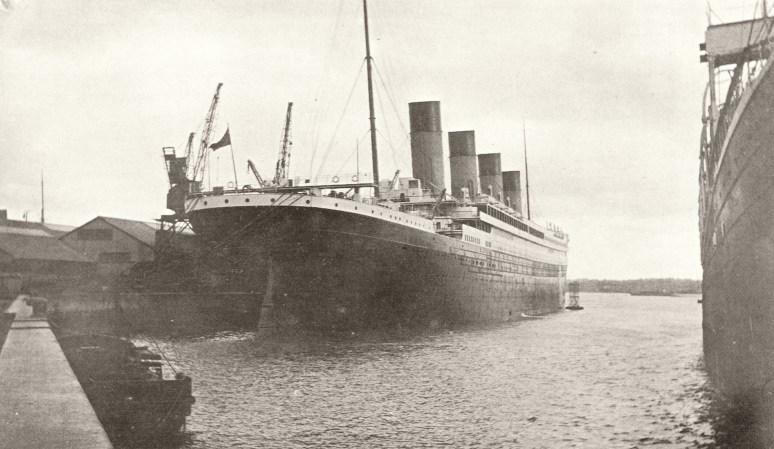The U.S. military has a history of finding effective ways around serious tactical and strategic problems. Here are five times they found themselves outgunned, outnumbered, or outmaneuvered but managed to pull off a victory anyway.
1. Col. Lewis “Chesty” Puller and the troops at Chosin Reservoir

When Marine legend Col. Lewis “Chesty” Puller found himself hopelessly surrounded and outnumbered at the Chosin Reservoir in Korea, he had few options and worst prospects. But instead of surrendering to the 7 Chinese divisions surrounding him, he ordered his men to advance south.
From Dec. 6, 1950, to Dec. 11, Puller and his Marines fought viciously to reach the relative safety of Hungnam. They not only made it to the port, but they brought out their wounded and dead, all of their important equipment, and a large number of refugees while also inflicting heavy casualties on the Chinese forces.
While Puller’s withdrawal from the Chosin Reservoir was an unlikely success, the overall U.N. campaign was a failure and North Korea fell to Communist forces.
2. Samar Island at the Battle of Leyte Gulf
At Samar Island in the Battle of Leyte Gulf, a 13-ship Navy task force of escort carriers, destroyers, and destroyer escorts found themselves facing a Japanese force of 23 ships including the largest battleship ever built, the Yamato. The largest guns of the American fleet were 5-inch cannons that were unlikely to pierce the hulls of the Japanese attackers.
Though the only weapon they had capable of killing the heavy Japanese ships was their limited torpedo supply, the destroyers and destroyer escorts of the Navy task force charged at the Japanese force in an attempt to let the U.S. carrier escorts escape.
Over the next two hours, the limited American ships and Naval aircraft attacked the Japanese force so viciously that Japanese Adm. Takeo Kurita believed he’d run into the entire U.S. Third Fleet. Kurita retreated. Three of his cruisers were sunk and a fourth crippled while the U.S. lost four ships but protected the troops landing on Leyte Island.
3. The Battle of the Bulge

The Allied advance across eastern Europe was nearly stopped at the Battle of the Bulge when three German armies managed to launch a surprise attack against four American divisions strung across a 124-mile front.
One of the key positions in the battle was Bastogne, Belgium where 22,000 Americans — mostly paratroopers with the 101st Airborne Division — were holding off a massive force of 54,000 Germans backed by heavy artillery. The Germans suggested an American surrender after two days of fighting.
The American general responded simply, “NUTS!” and the American force held out for another five days, giving time for armored units from the Third Army to reach them. Rather than withdraw to rest, the paratroopers then began retaking Allied positions lost in the previous weeks.
4. John Paul Jones and his sinking flagship capture his enemy’s ship

The father of the American Navy was watching his flagship, the Bonhomme Richard, sink beneath him after attacking the HMS Serapis on Sep. 23, 1779 at the Battle of Flamborough Head.
When the British commander offered John Paul Jones’s the chance to surrender, Jones uttered his famous response, “I have not yet begun to fight!” He then crashed his ship into the Serapis, had his sharpshooters clear the enemy deck, and captured the Serapis while the Bonhomme Richard sank.
5. Maj. Gen. Benedict Arnold commands an ad hoc navy to save his army

In Jun. 1776, elements of the Continental Army retreated to Fort Tinconderoga and Fort Crown Pont in New York. Knowing that a larger and more capable British army and navy was trying to finish the war before Winter fell, Maj. Gen. Benedict Arnold had to find a way to stall.
So, he created an ad hoc navy over the summer. Despite having almost no naval experience, Arnold led his fledgling fleet north against a British fleet in Oct. 1776. The 25-ship British fleet sank 11 of the 15 American vessels.
As he lost ship after ship to damage, Arnold would grab all of the sailors he could from foundering vessels and then leave the ships burning or grounded. Then he retreated across land and burned his remaining ships and Fort Crown Point to the ground.
Despite losing nearly all of his ships and Fort Crown Point, Arnold successfully evacuated his men to Ticonderoga and delayed the British long enough that they couldn’t attack the fort before winter settled in. The British were ordered into winter quarters and the Continental Army prepared for 1777 — the year they would gain the advantage in the war at the Battle of Saratoga.










